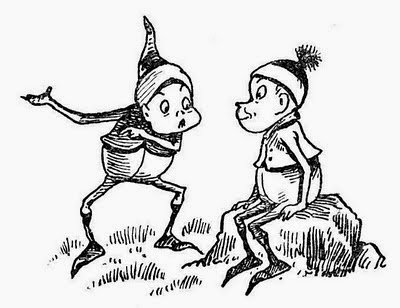The last six
months I have been preoccupied with selling my home and building a new one;
therefore, my writing was put on hold. I miss it and am looking forward to
getting back in the groove.
Scroll down and
find an earlier blog entry titled Organizing
and Managing Your Book Manuscript, where I talk about a very helpful class
I took from Doug Kurtz at Lighthouse Writers Workshop. Doug
provides an opportunity outside of Lighthouse Writers Workshop that is free to
anyone who wants to participate. I tried it out for the first time earlier this
month and will definitely participate in the future, whenever I am able. It is
called the UnWorkshop and is held on the first and third Mondays of each month,
from 6PM-7PM Mountain Time. Doug uses a teleseminar format, so anyone from
anywhere can participate; all that is needed is a phone. The workshop is
designed as a support group for writers of all levels. The session in which I
participated was Writing Environment,
Rituals, and Practices. You can listen to a recording of this session to decide if it is something that you would find helpful.
The one thing
I have learned from all the classes, seminars, and books I have read about
writing is that there is no one correct way to approach the subject. What works
for one person may be quite different from what works for another person. As I
listened to Doug’s teleseminar, I interpreted his points to fit my own
particular style and needs. Here are my notes to myself. Once you listen to Doug’s
talk, you may draw completely different conclusions for yourself.
- While I have always had an office, my new home will have a room that is even more conducive to serious writing. This is a mindset as much as a physical configuration. In anticipation, I mentally picture myself in the room, sitting at the computer and writing.
- I am a very organized person, which I find helps me in all aspects of life, but I need to remember not to be so organized that the process takes up so much time it actually gets in the way of putting words on paper.
- Some people are able to find short periods of time in which to write, but that does not work for me. To be efficient, I need large blocks of uninterrupted time where I can allow my thinking to “get in the zone.” Therefore, I need to create those large blocks of time. I need to turn off the phone, close email, and close Facebook. I cannot write with sounds in the background; therefore, no music or voices.
- Each day I need to schedule a time to write, just as if it were an appointment. Because of other things going on in my life, it is not practical for me to schedule the same time each day; nevertheless, I need to find some block of time. Each night, I create a “to do” list for the next day. I will schedule my writing time as I create the list for the next day. That way, I can find the time period that will work best for me.
- Different people find that they write best at different times of the day. The times that I know don’t work for me are first thing in the morning, late at night, and at meal times.
- Caution to myself: Once I start writing it can be difficult for me to stop. It is best if I don’t schedule a time to write when I need to stop abruptly to go to an appointment.
- I write best when there is organization and balance in my life. My house needs to be clean, and I need to have a regular schedule of exercise, piano practice, reading, and writing.









